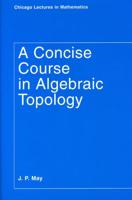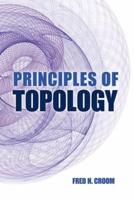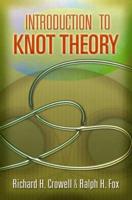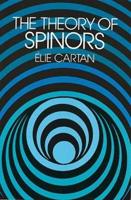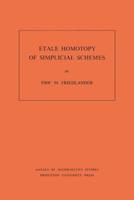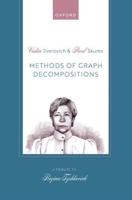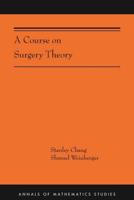Publisher's Synopsis
In this book the authors develop the theory of knotted surfaces in analogy with the classical case of knotted curves in 3-dimensional space. In the first chapter knotted surface diagrams are defined and exemplified; these are generic surfaces in 3-space with crossing information given. The diagrams are further enhanced to give alternative descriptions. A knotted surface can be described as a movie, as a kind of labeled planar graph, or as a sequence of words in which successive words are related by grammatical changes. In the second chapter, the theory of Reidemeister moves is developed in the various contexts.The authors show how to unknot intricate examples using these moves. The third chapter reviews the braid theory of knotted surfaces. Examples of the Alexander isotopy are given, and the braid movie moves are presented. In the fourth chapter, properties of the projections of knotted surfaces are studies. Oriented surfaces in 4-space are shown to have planar projections without cusps and without branch points. Signs of triple points are studied.Applications of triple-point smoothing that include proofs of triple-point formulas and a proof of Whitney's congruence on normal Euler classes are presented. The fifth chapter indicates how to obtain presentations for the fundamental group and the Alexander modules. Key examples are worked in detail. The Seifert algorithm for knotted surfaces is presented and exemplified. The sixth chapter relates knotted surfaces and diagrammatic techniques to 2-categories. Solutions to the Zamolodchikov equations that are diagrammatically obtained are presented. The book contains over 200 illustrations that illuminate the text. Examples are worked out in detail, and readers have the opportunity to learn first-hand a series of remarkable geometric techniques.

